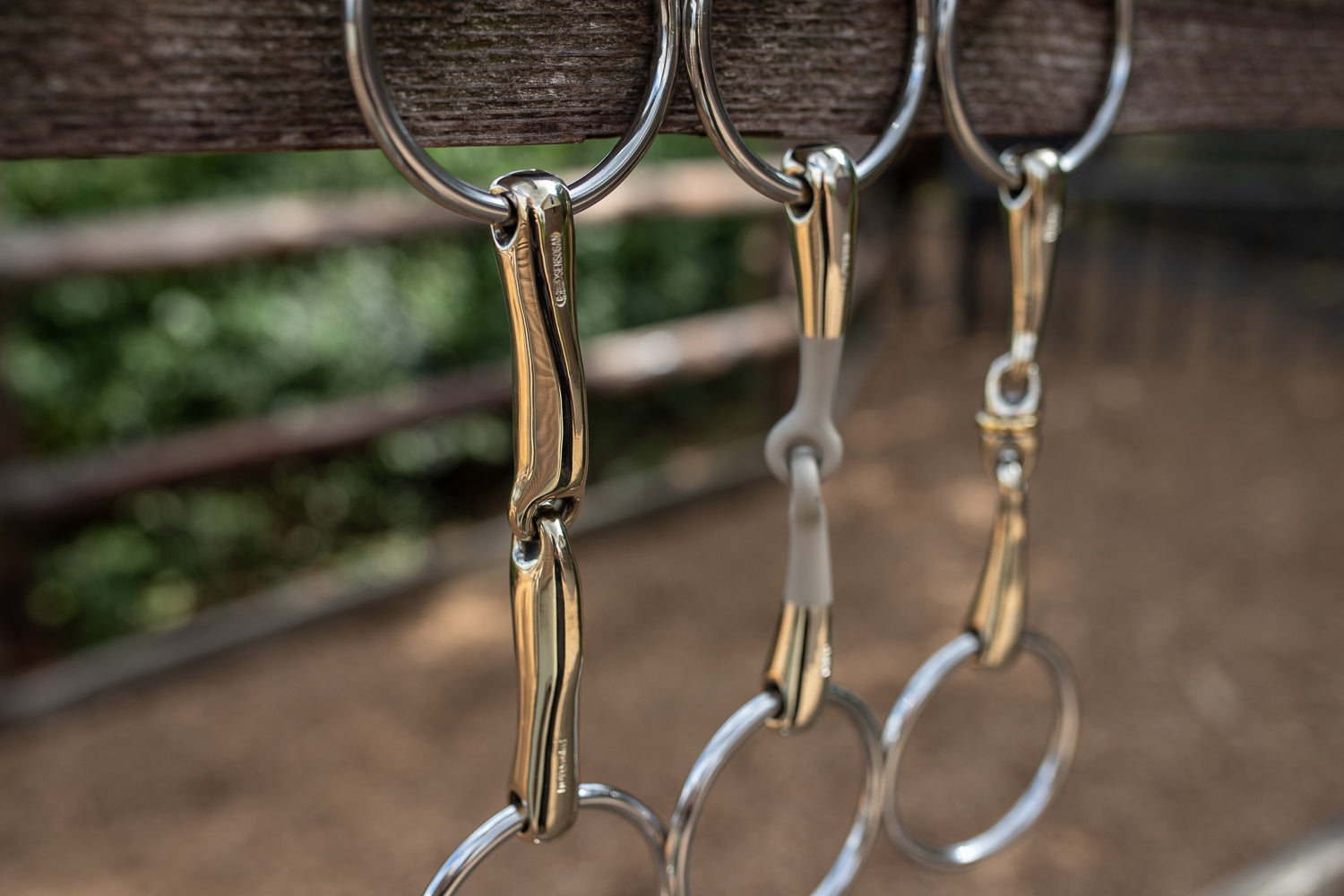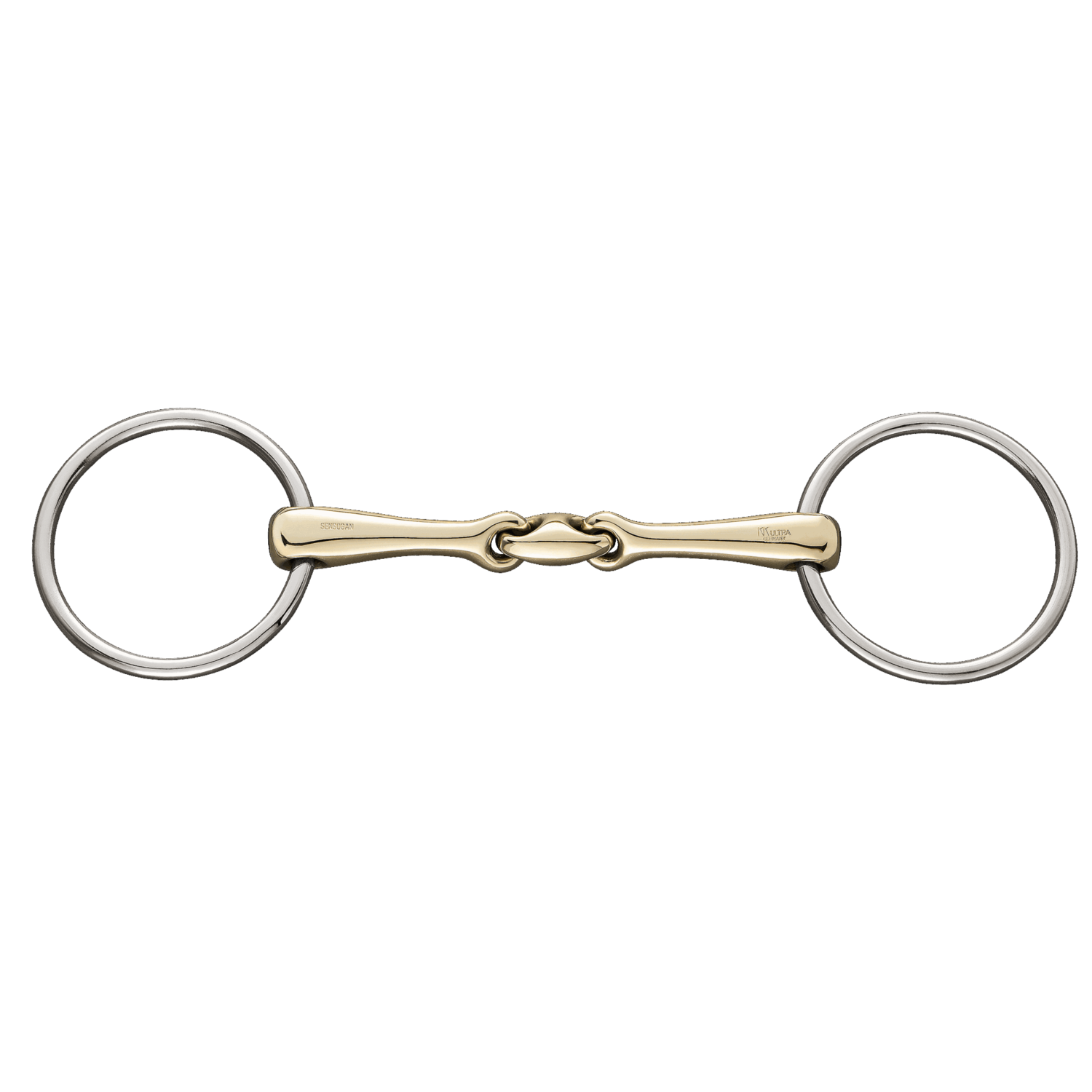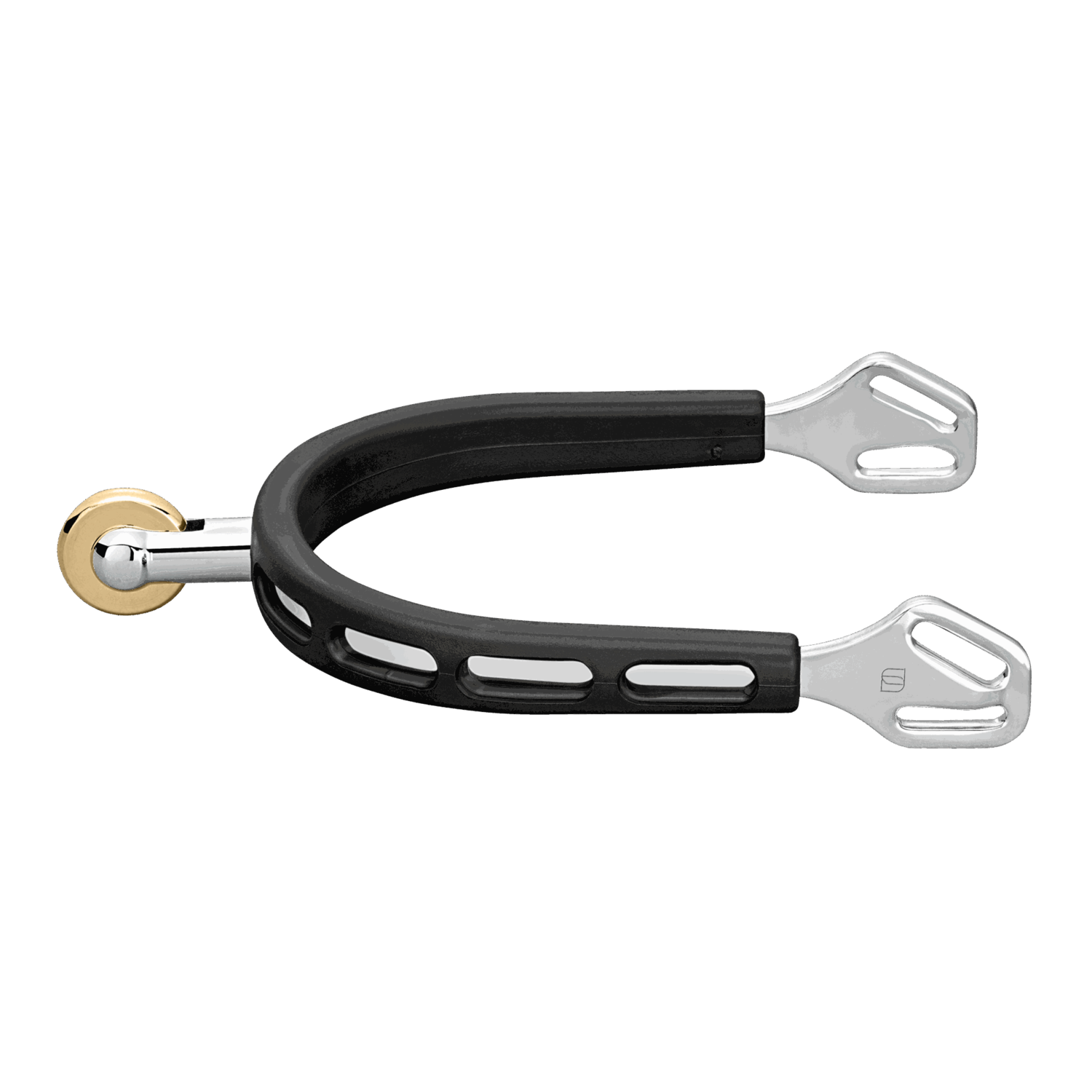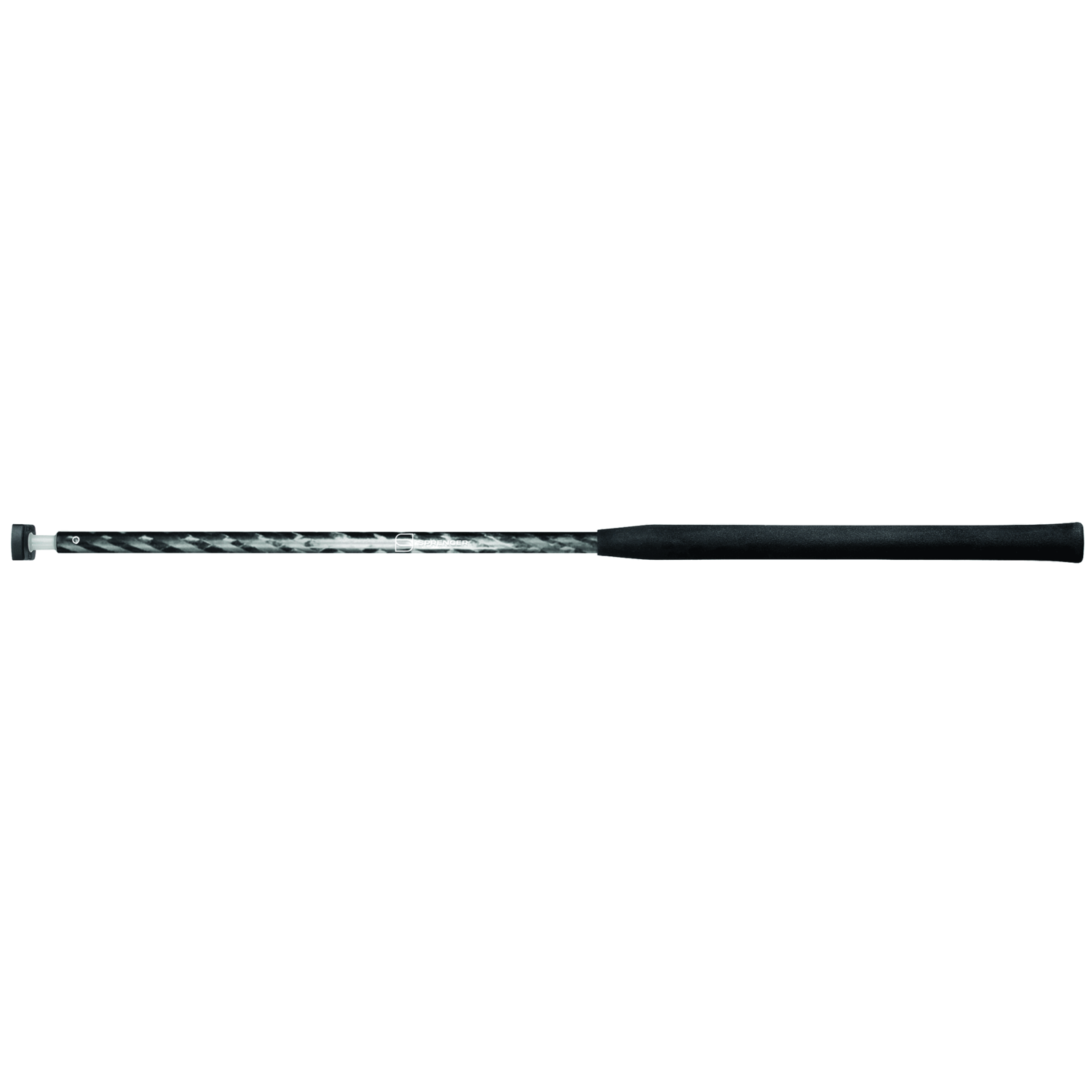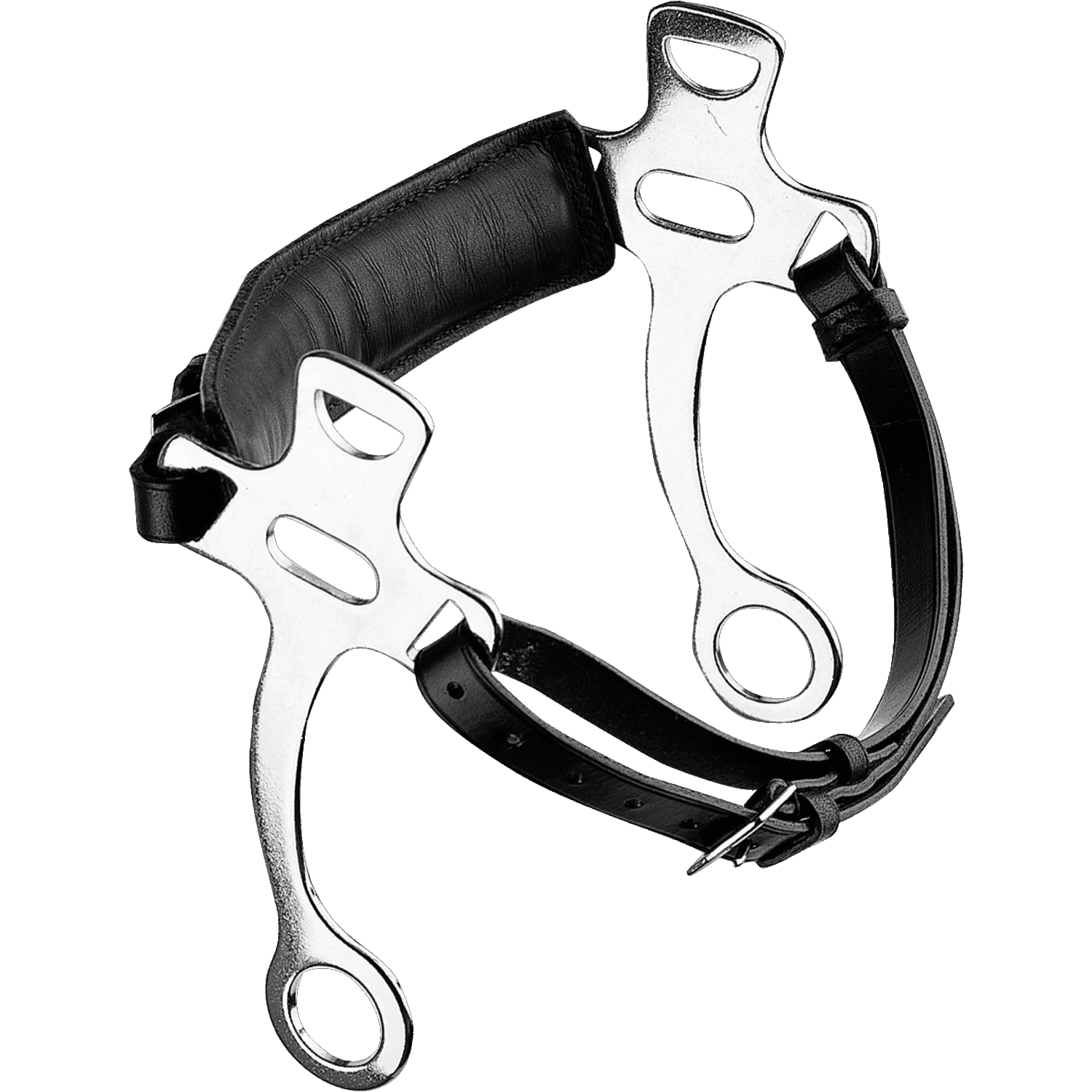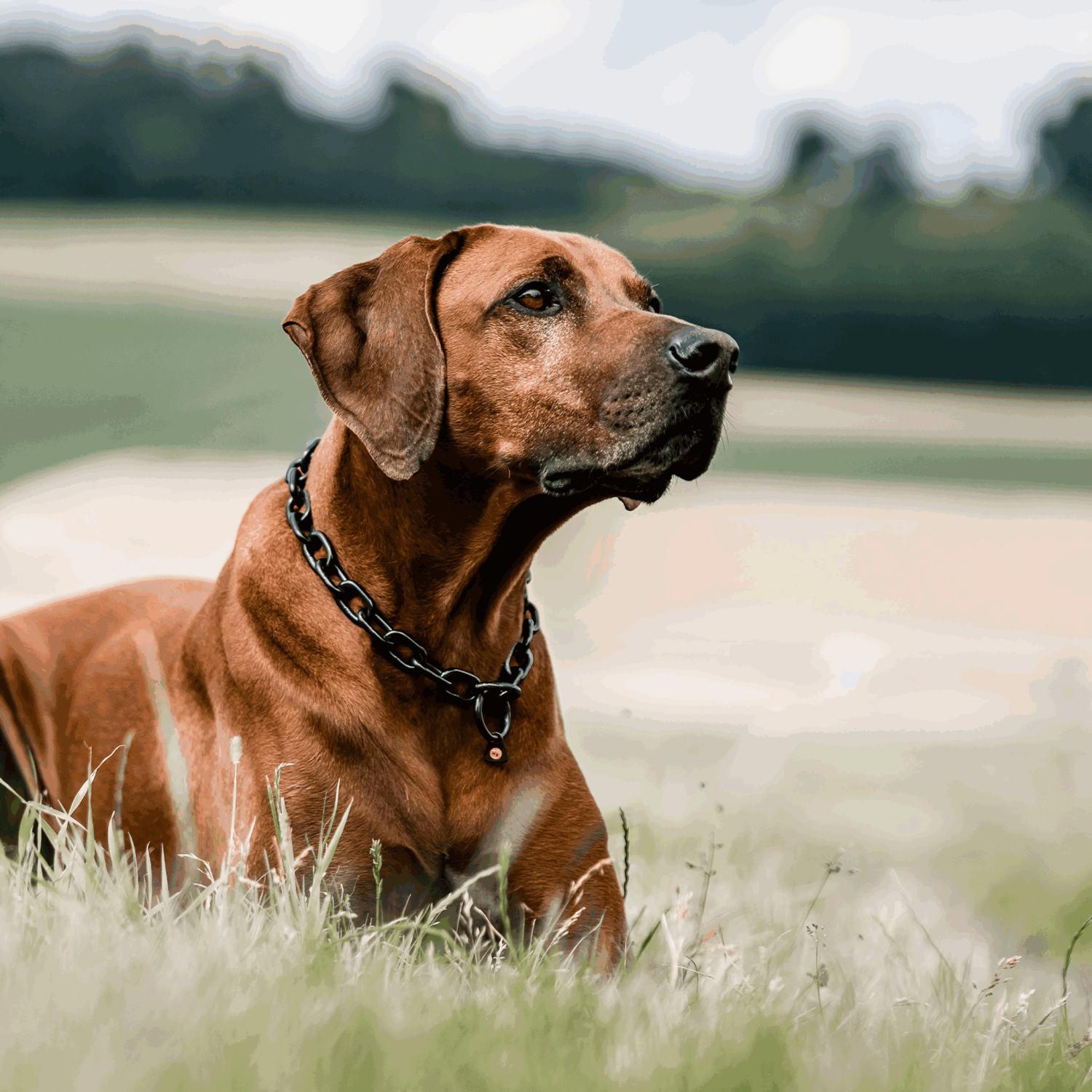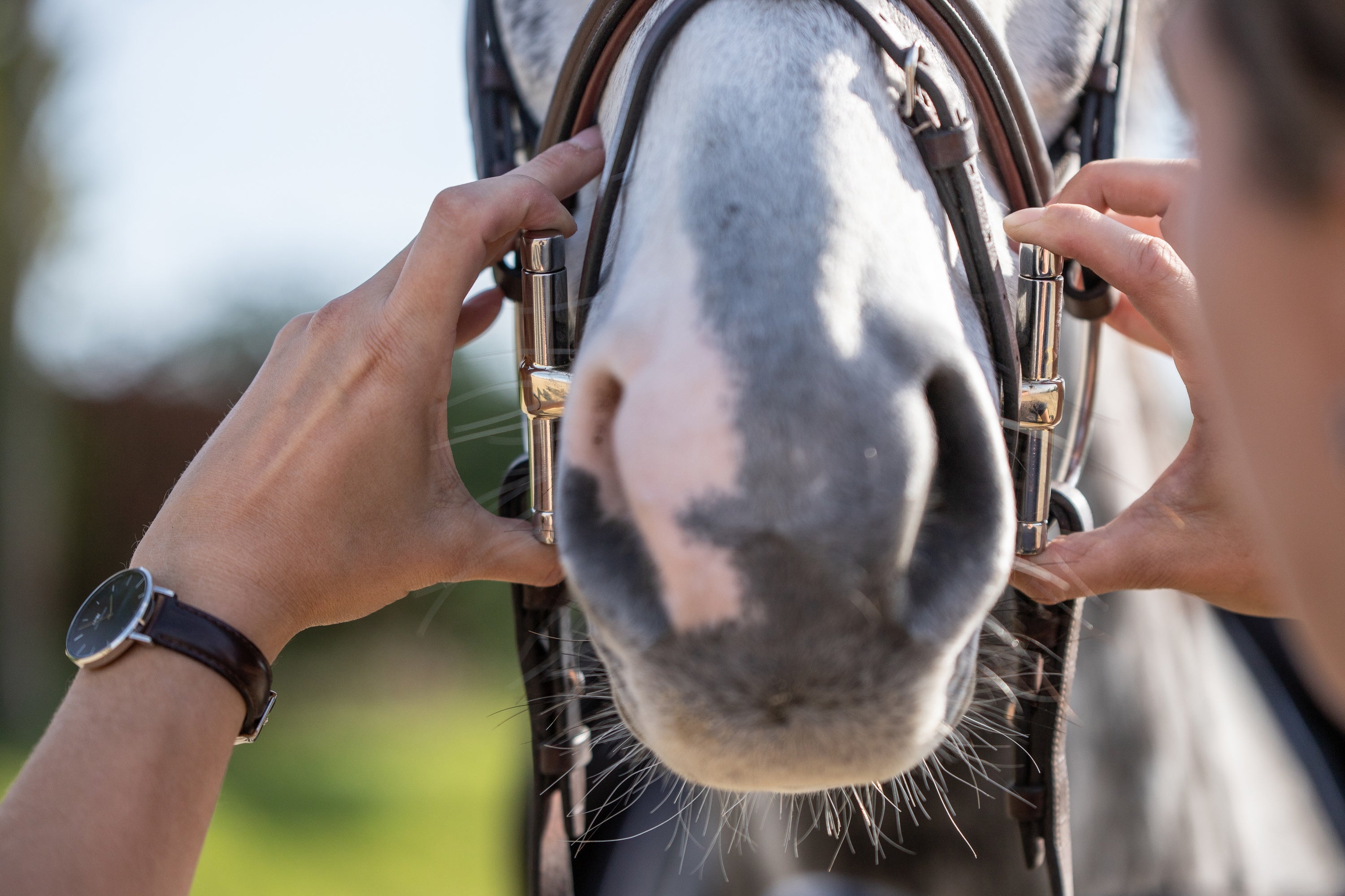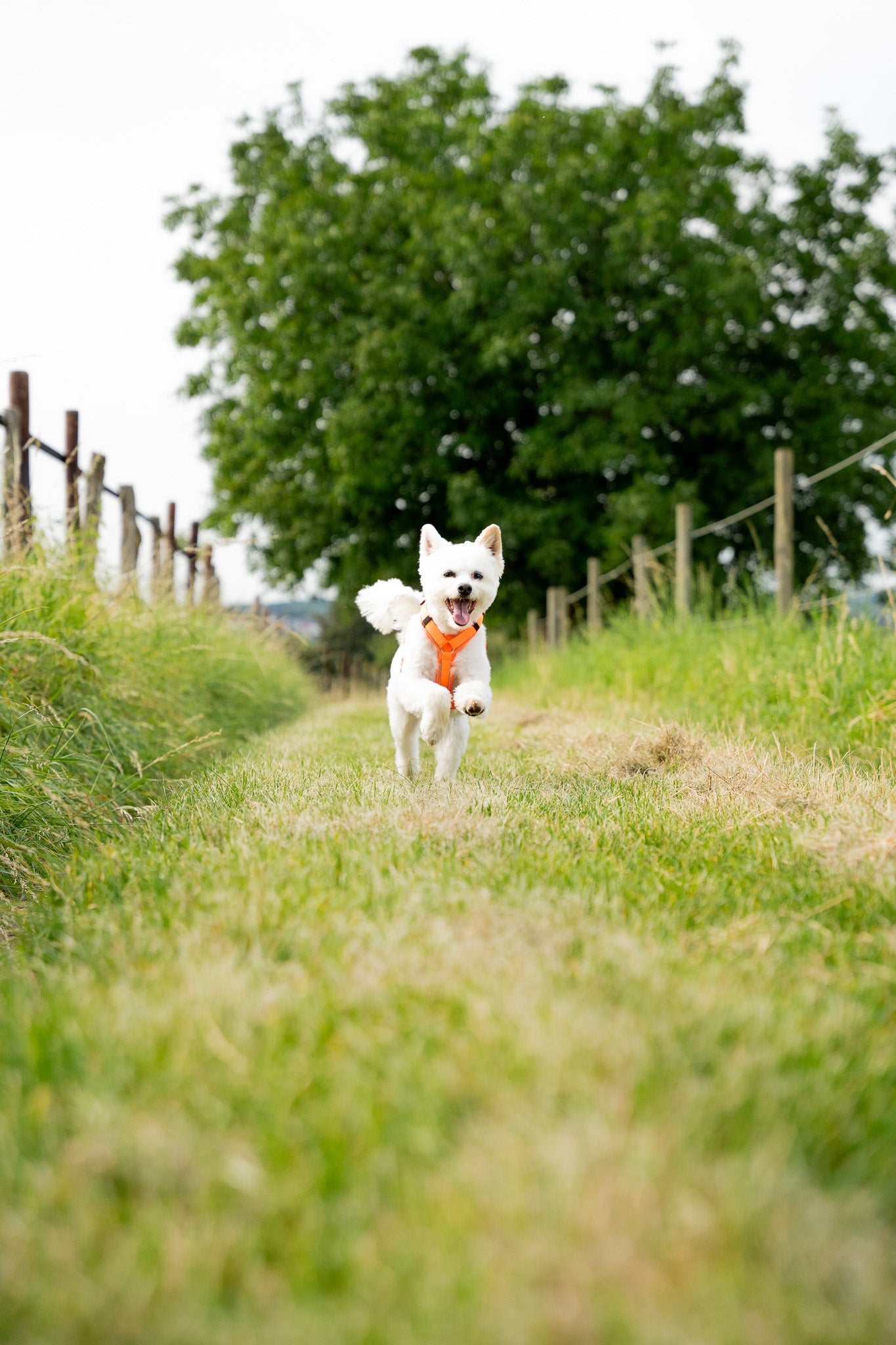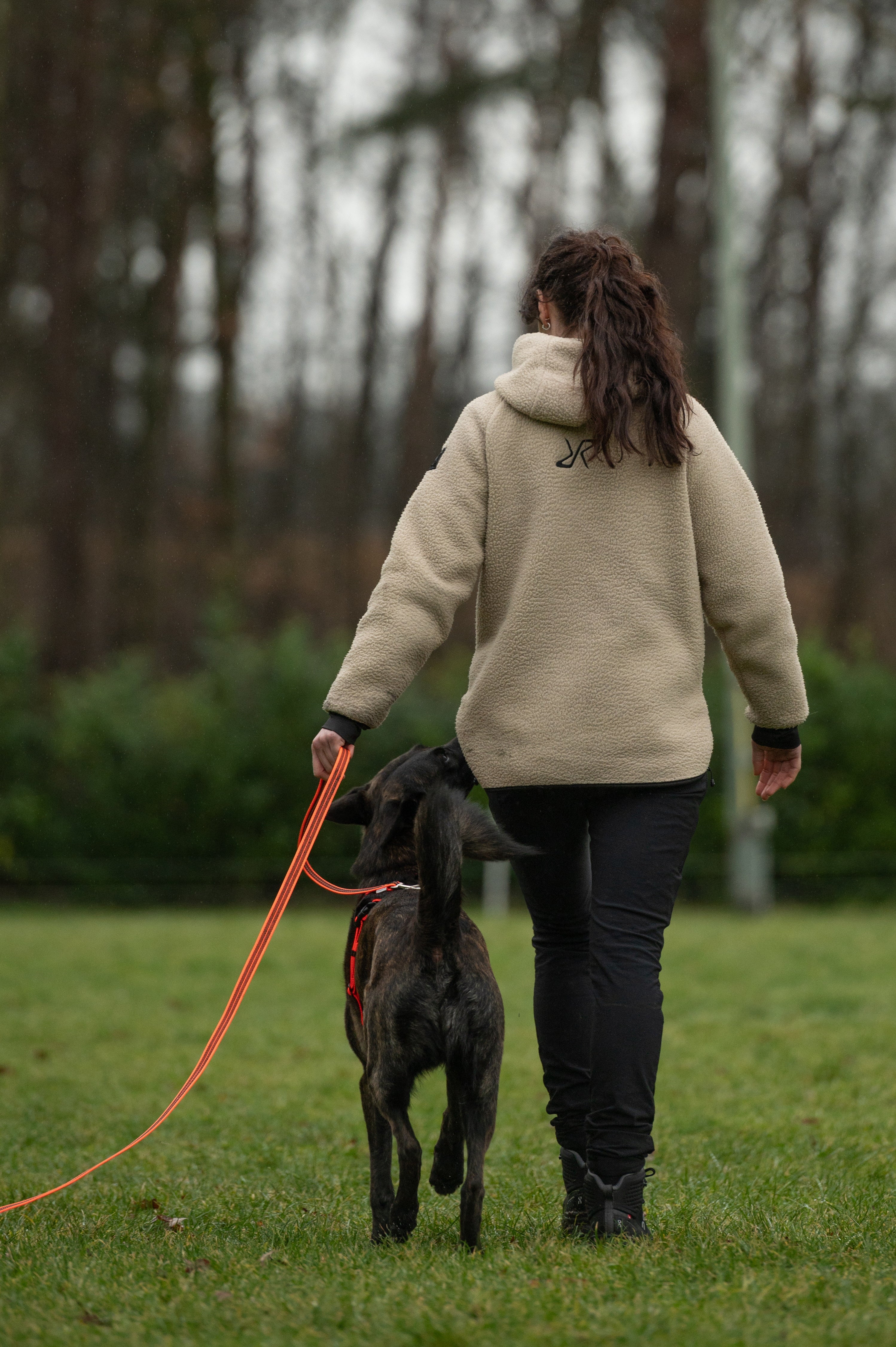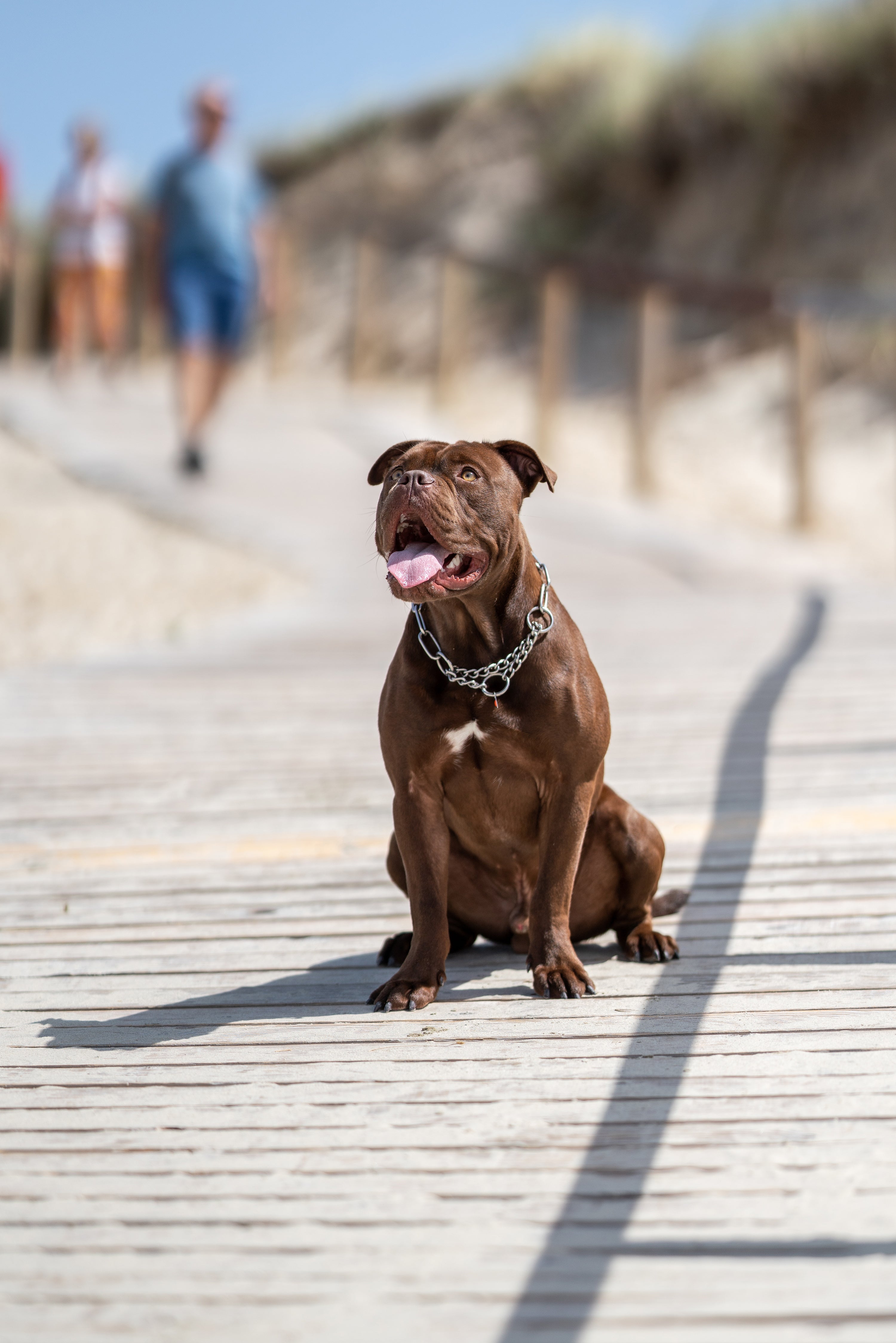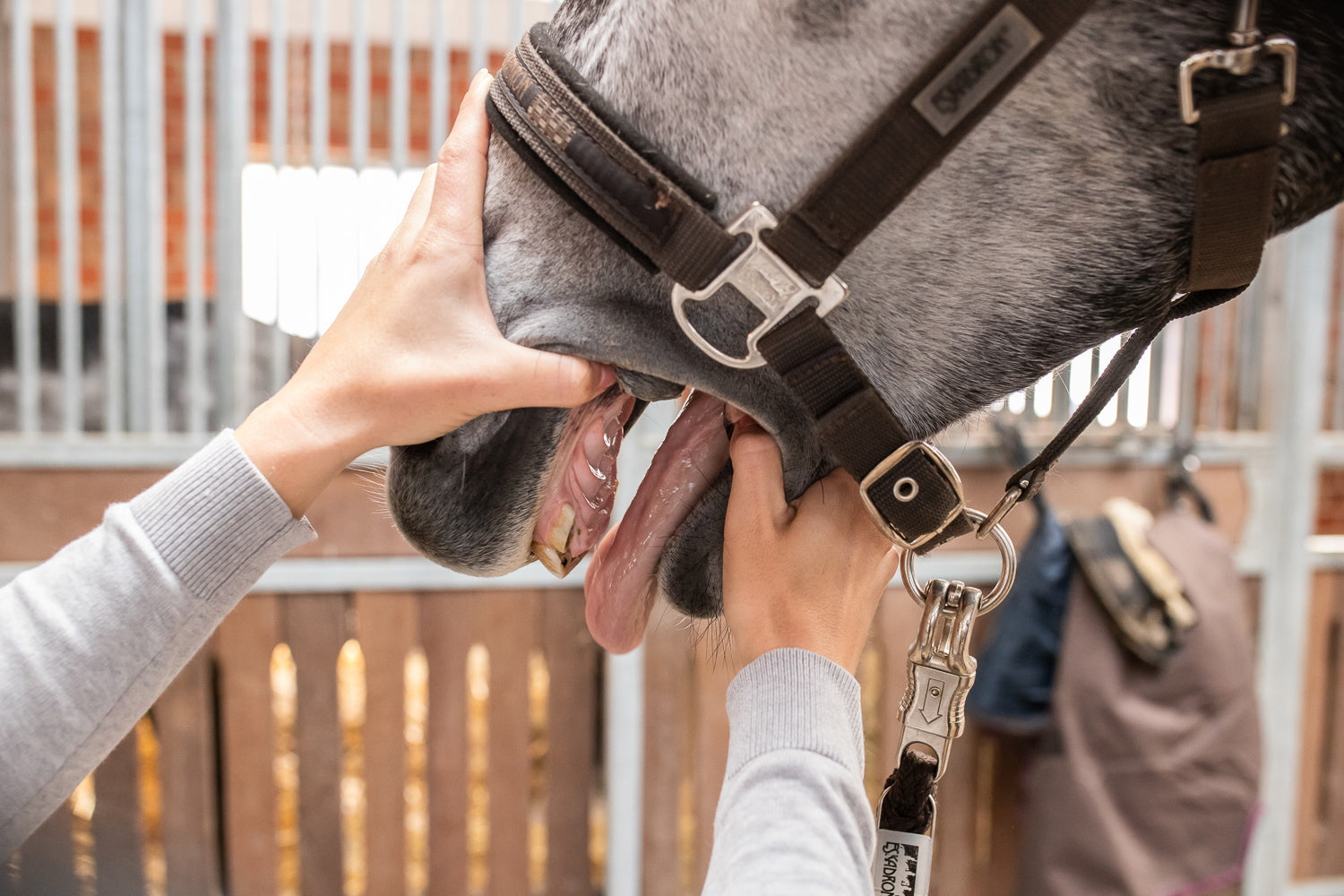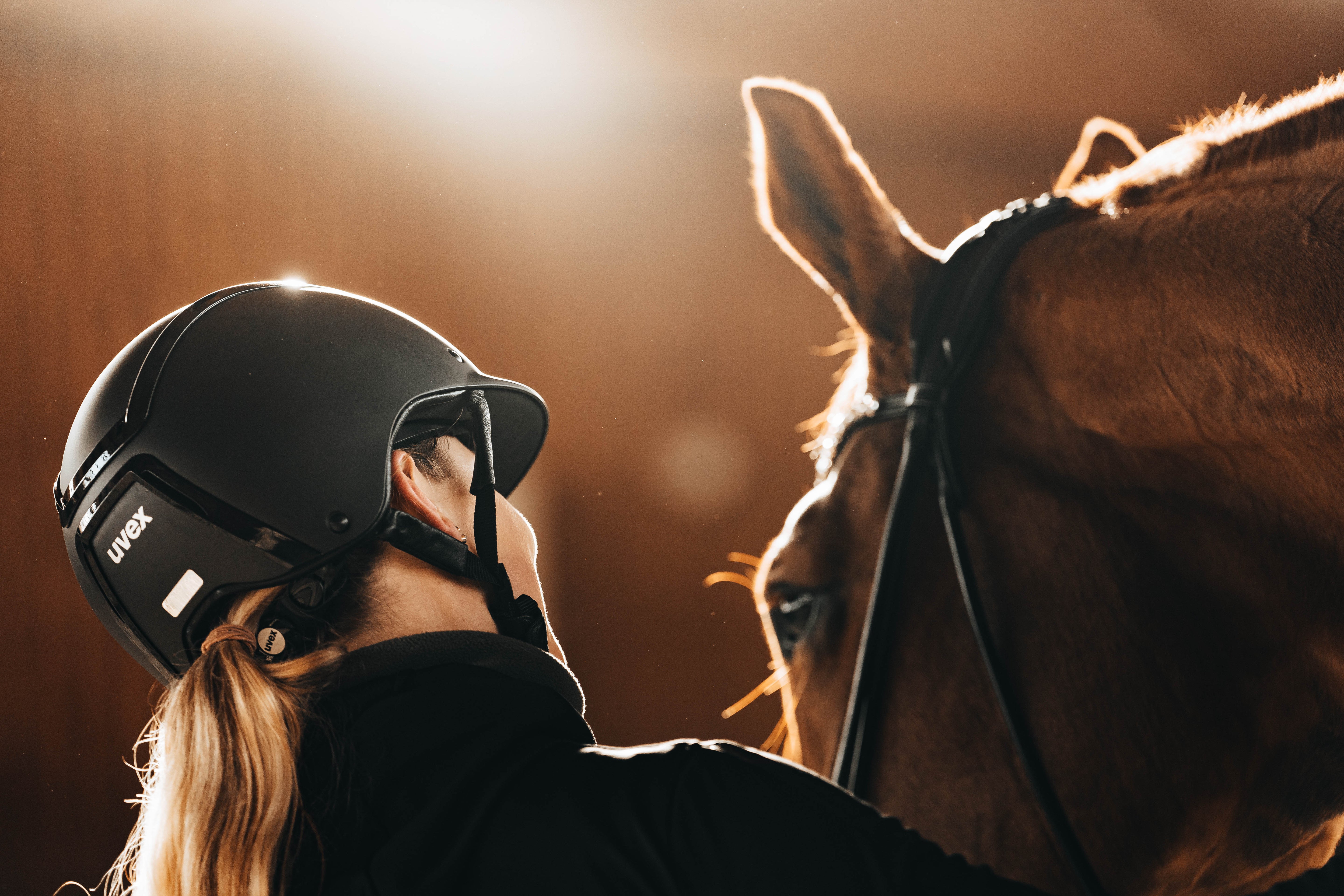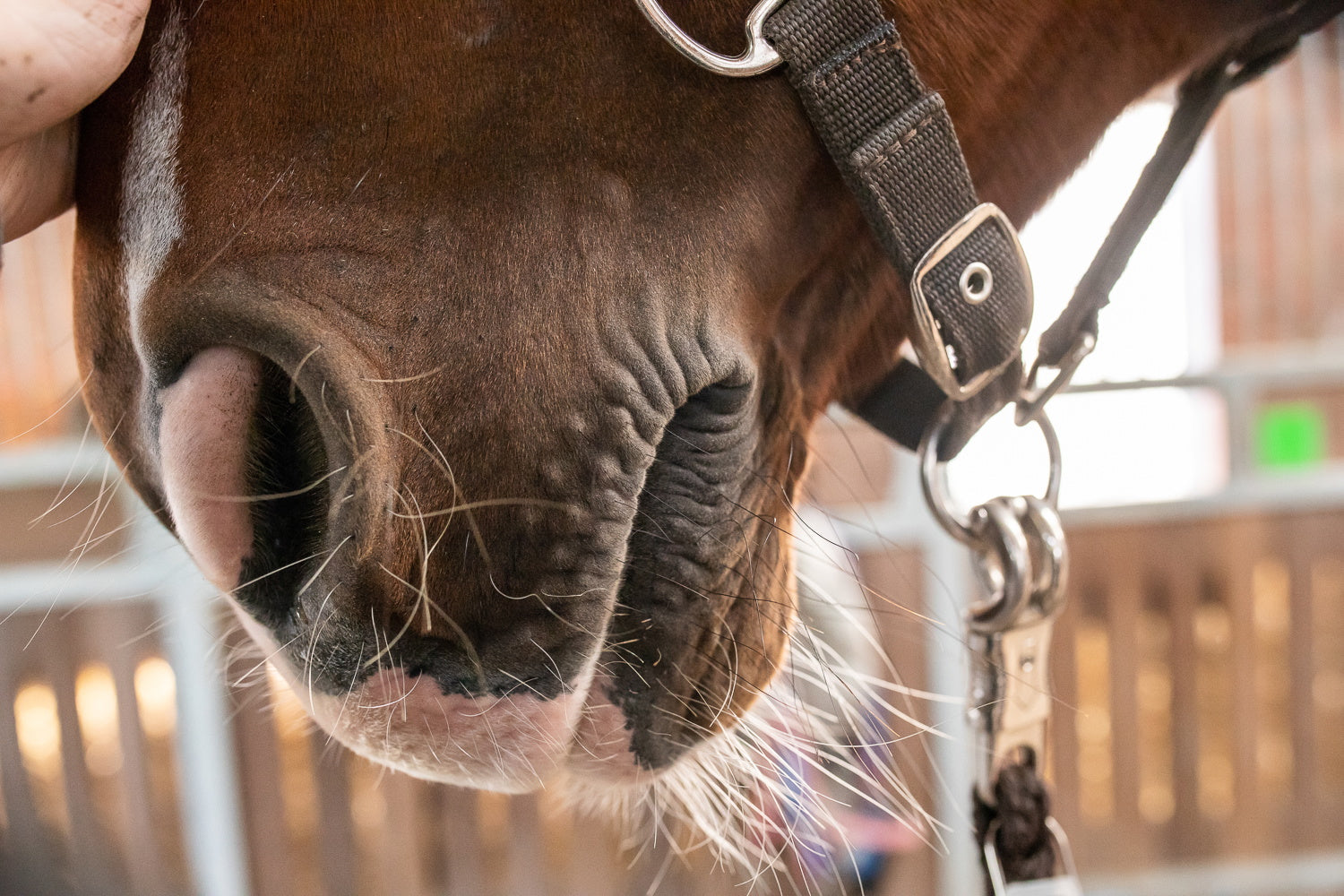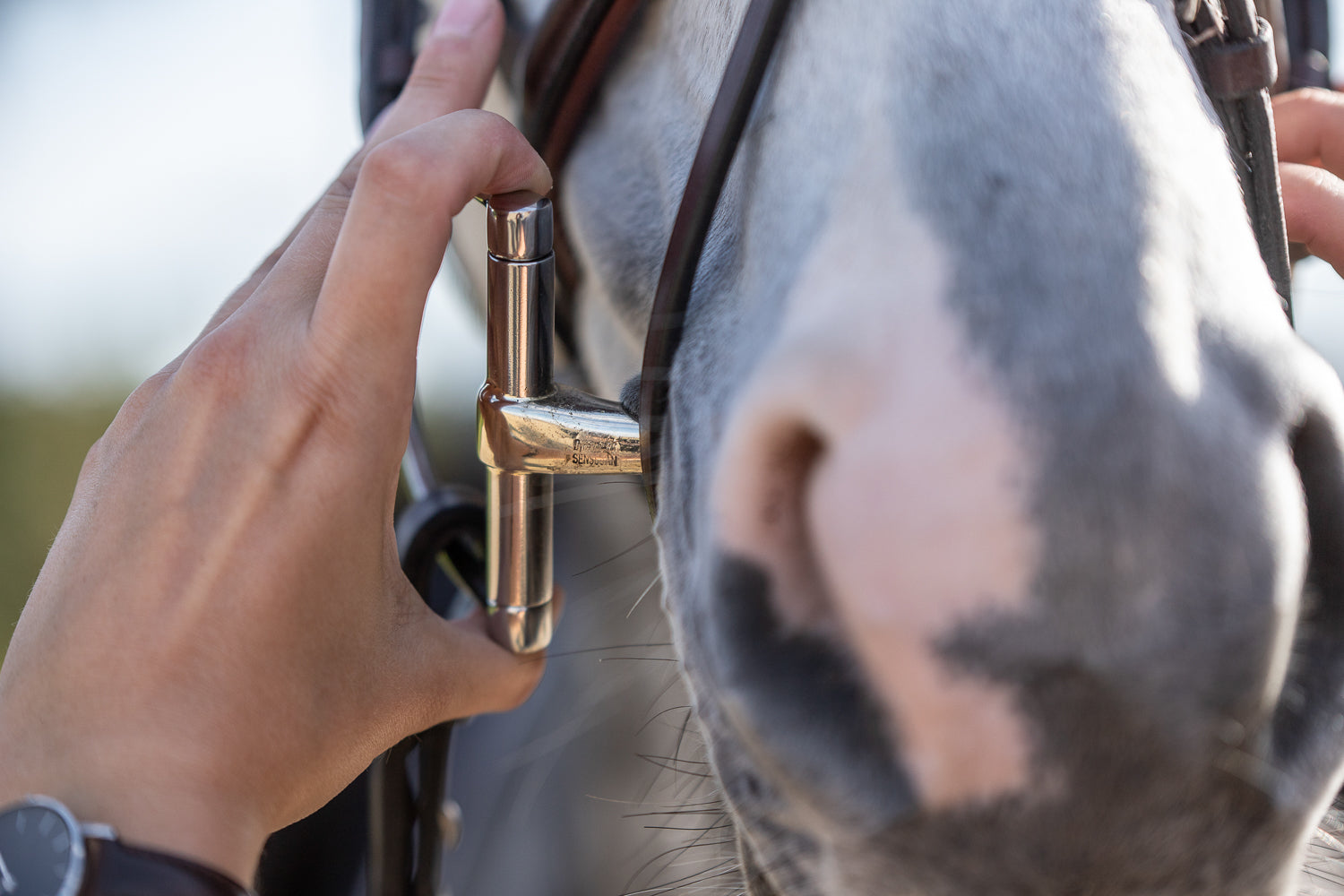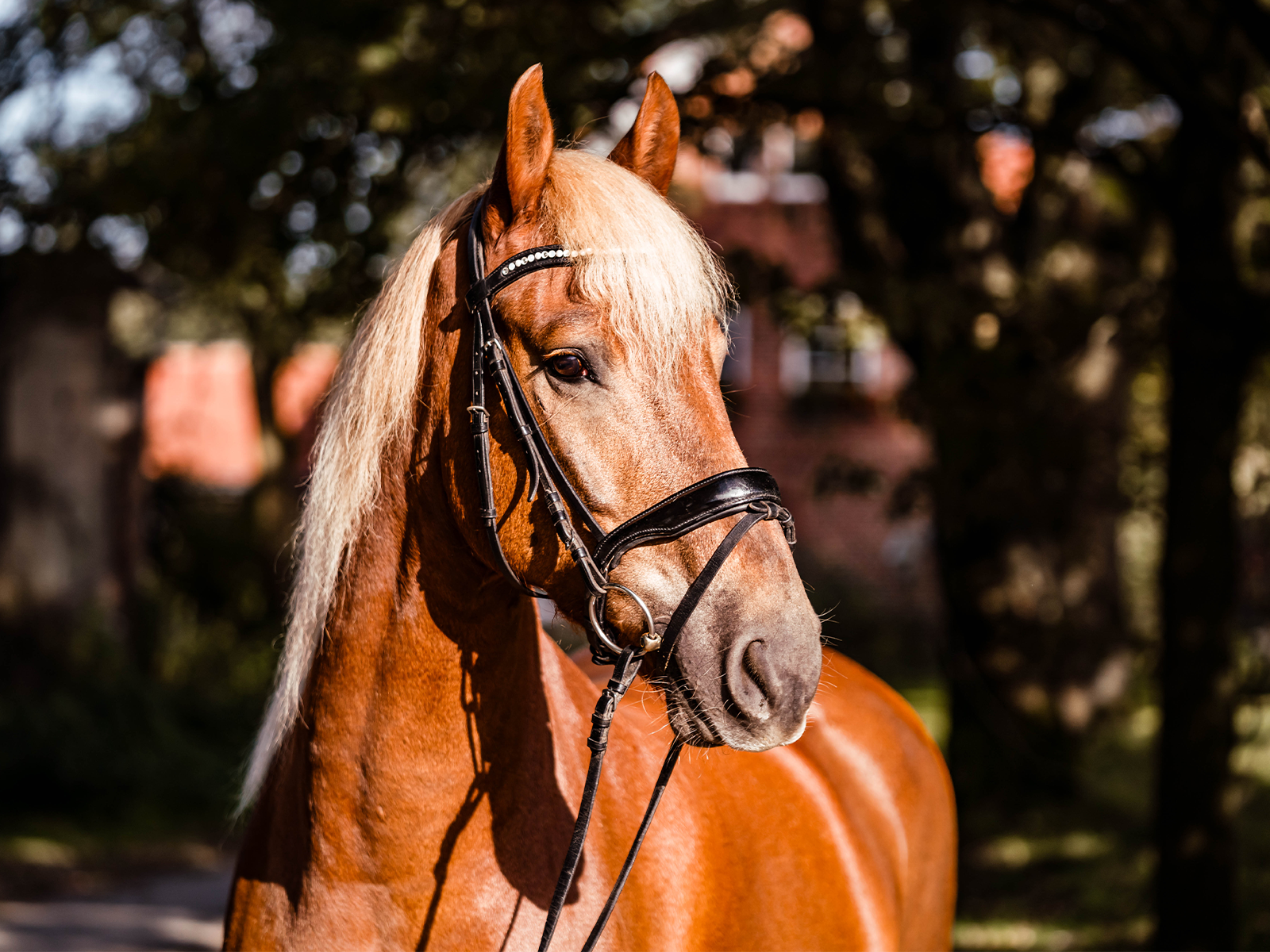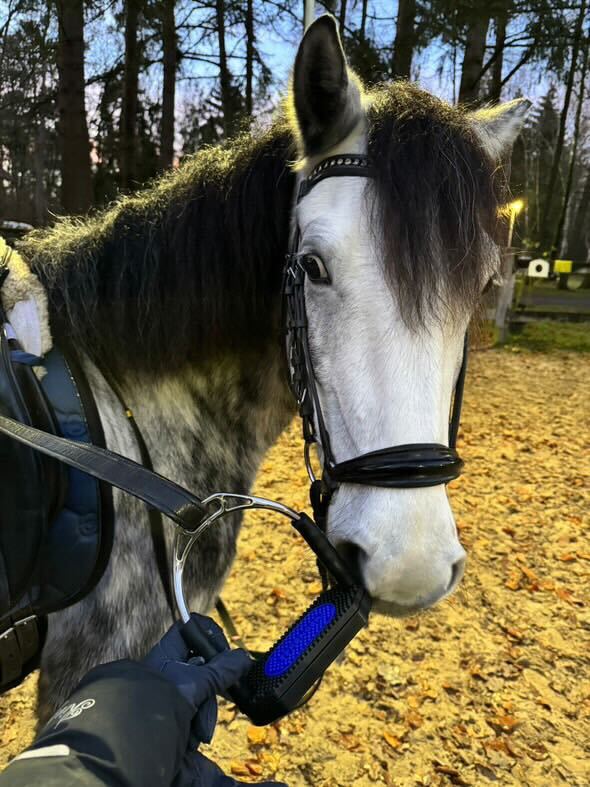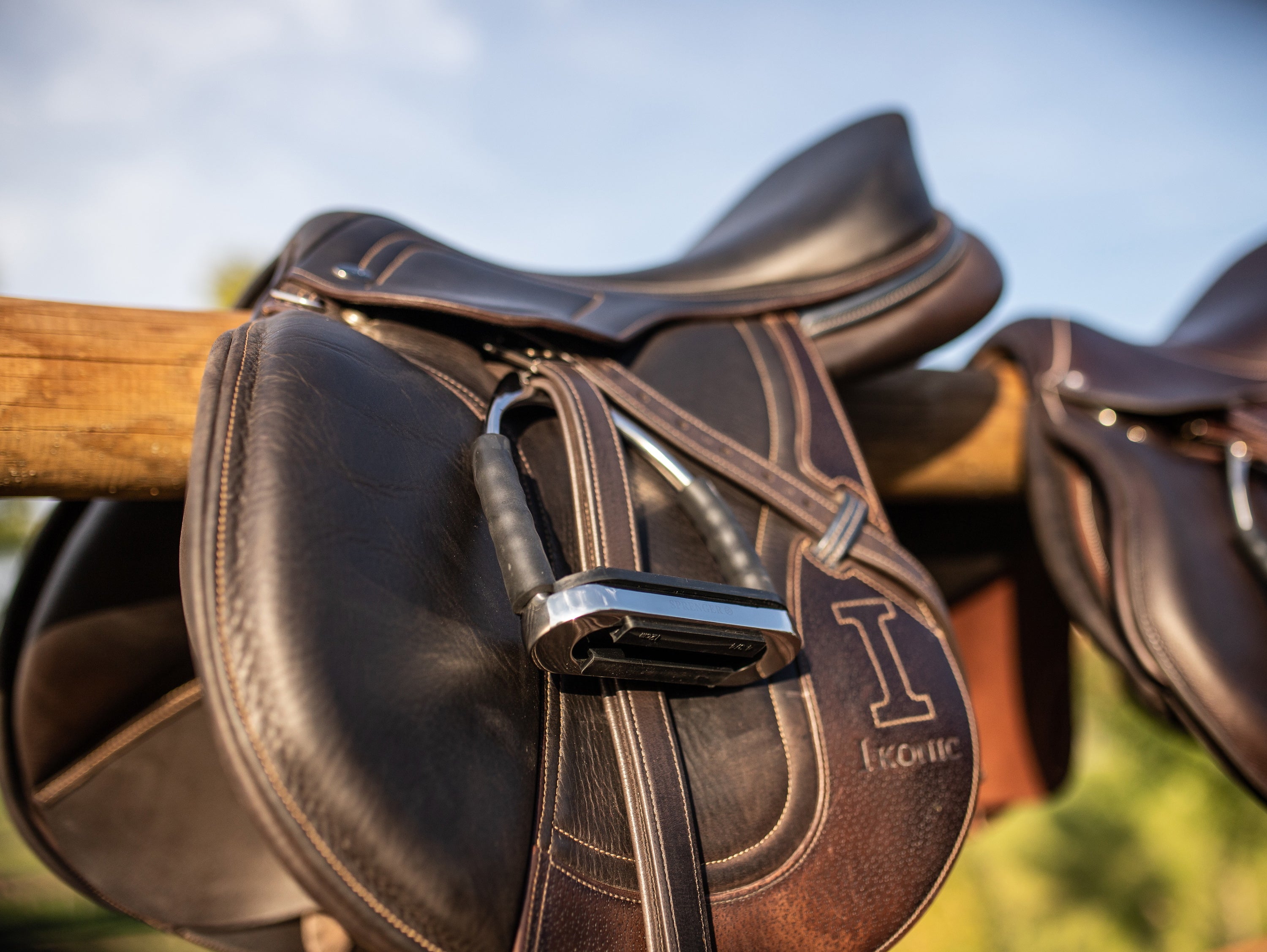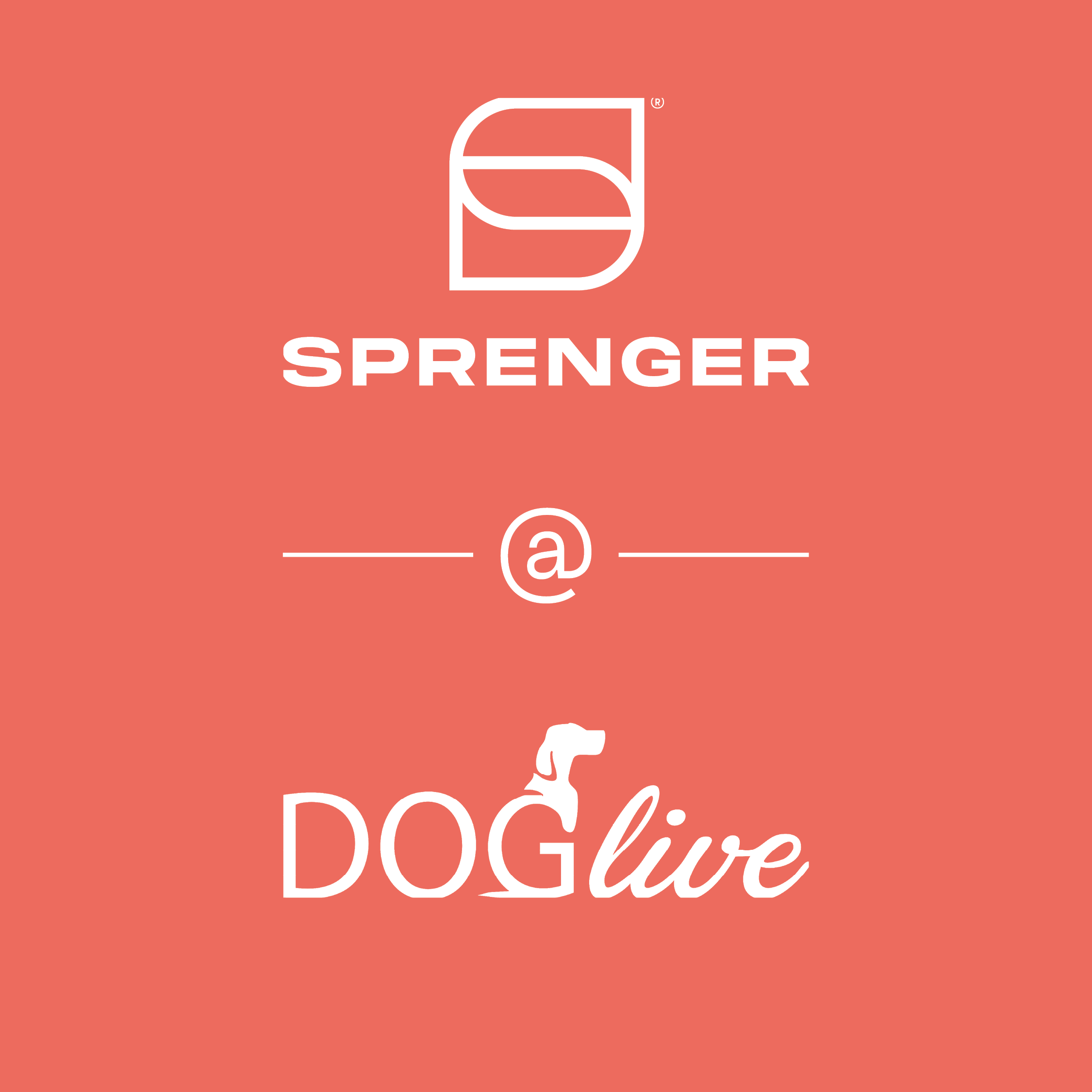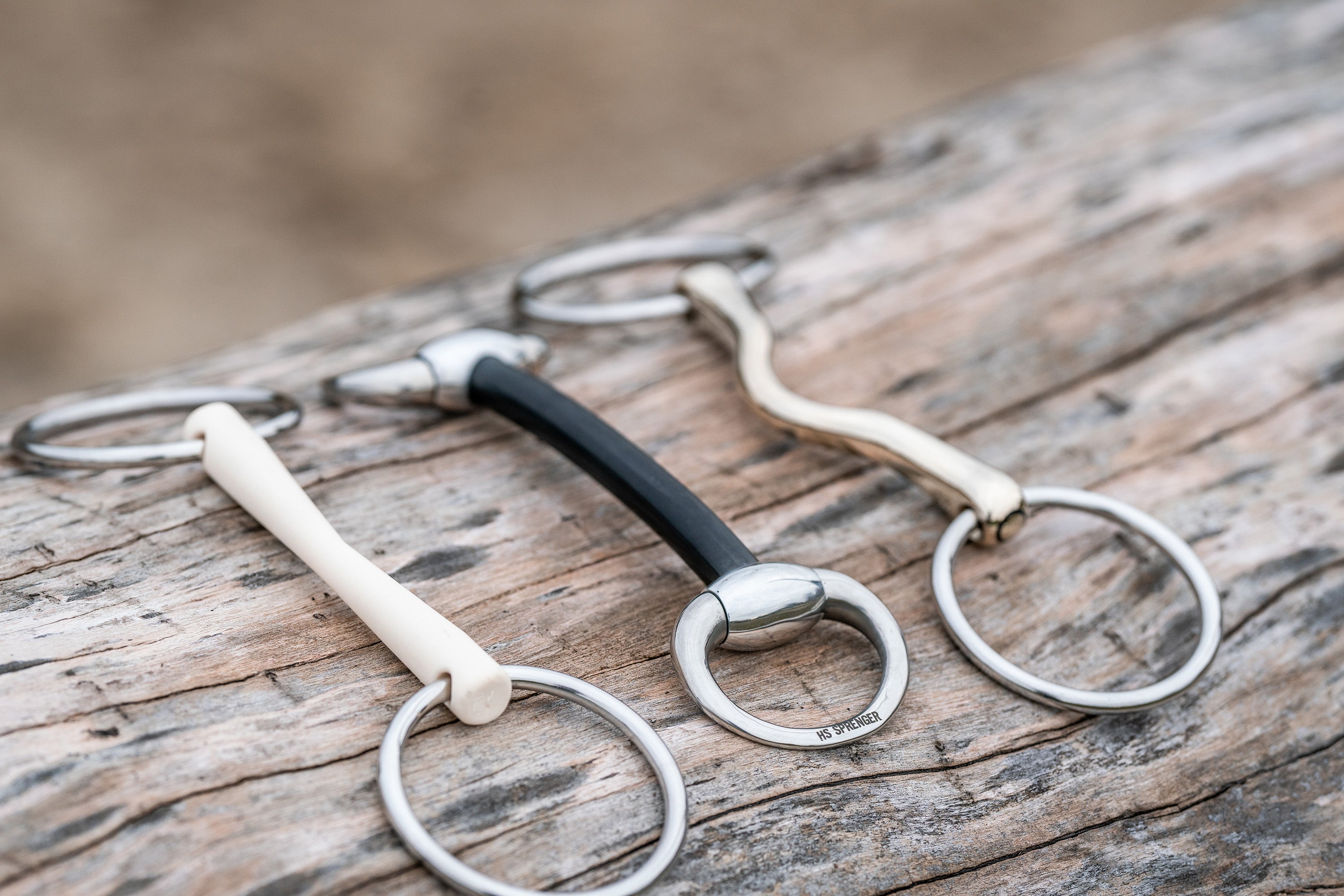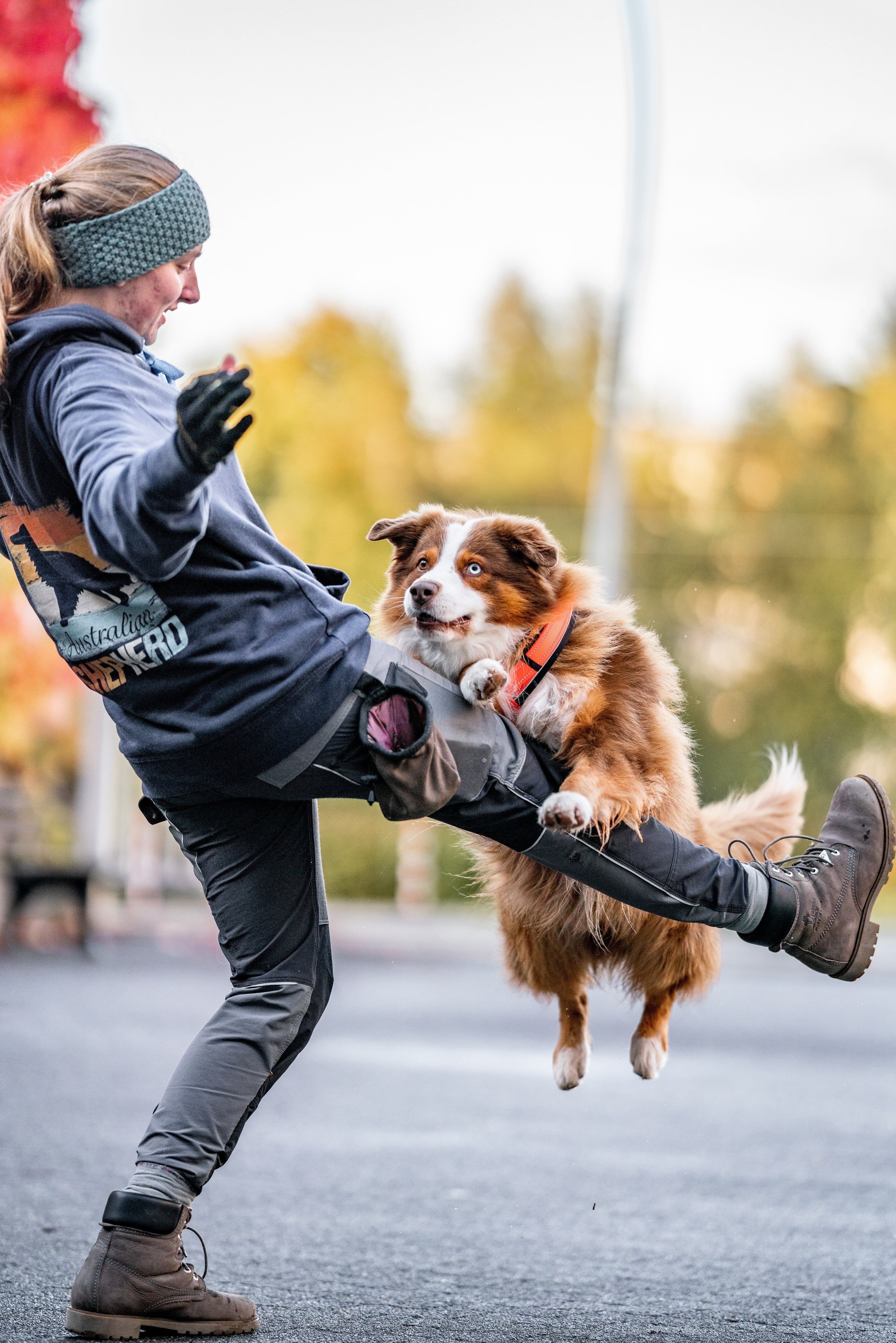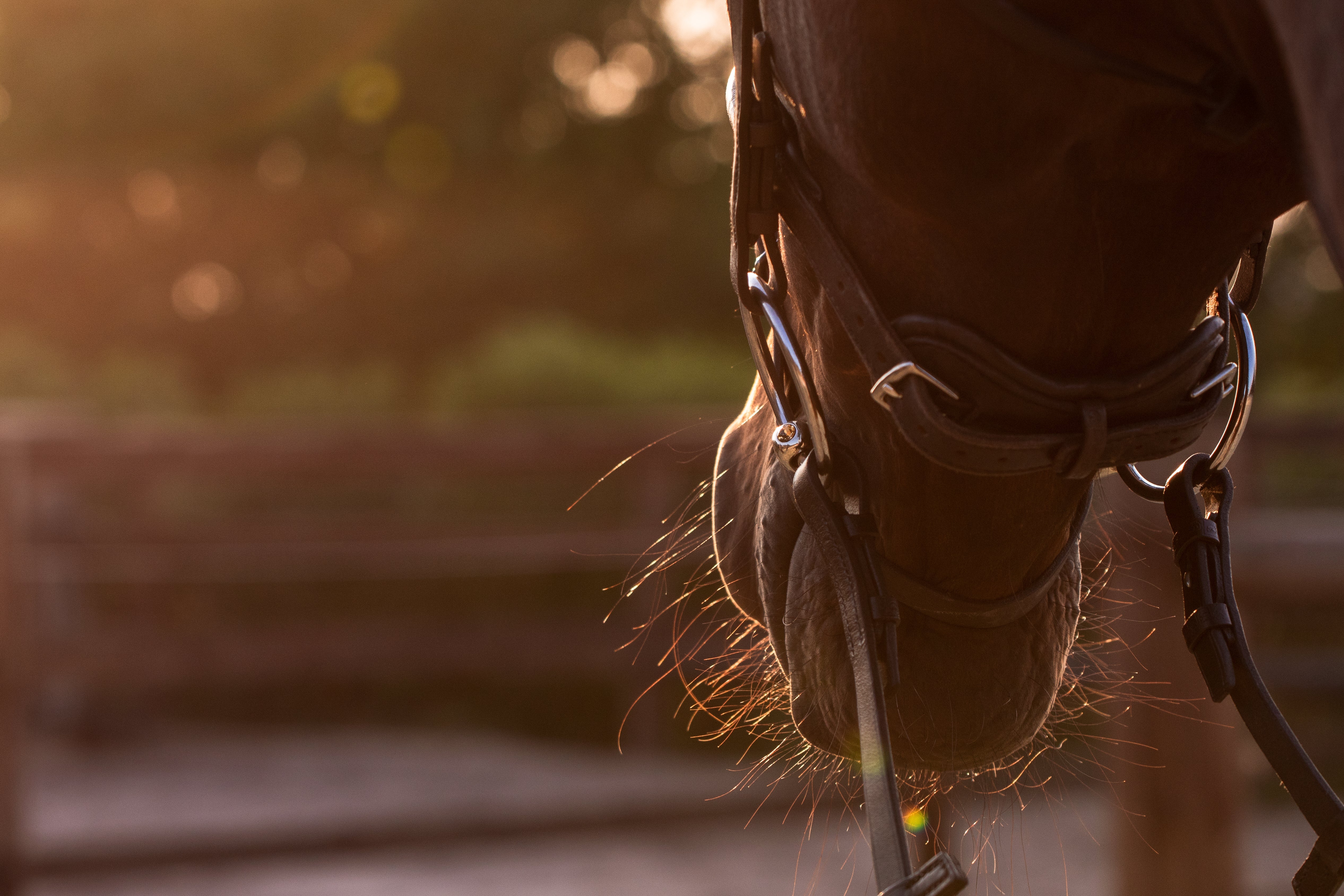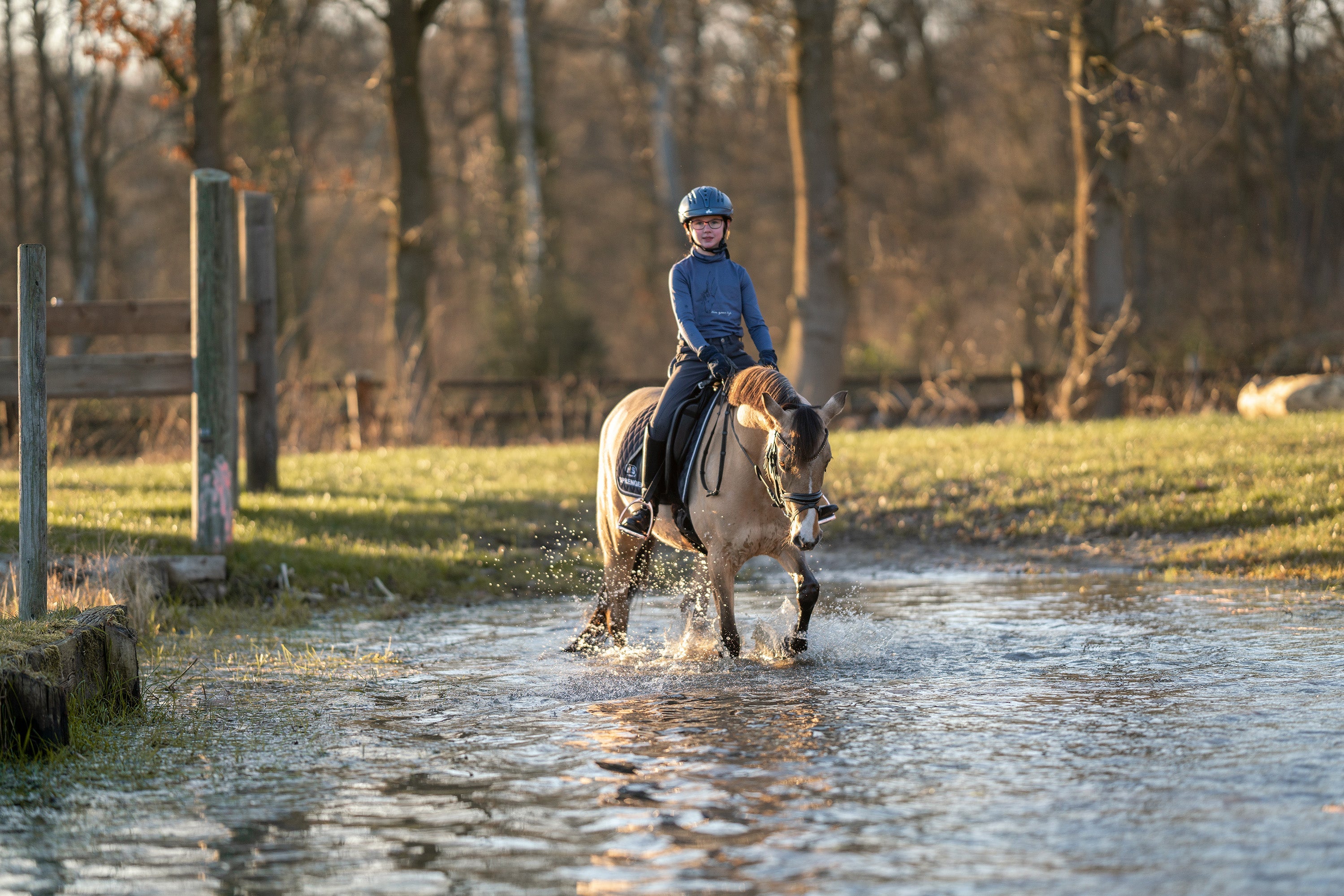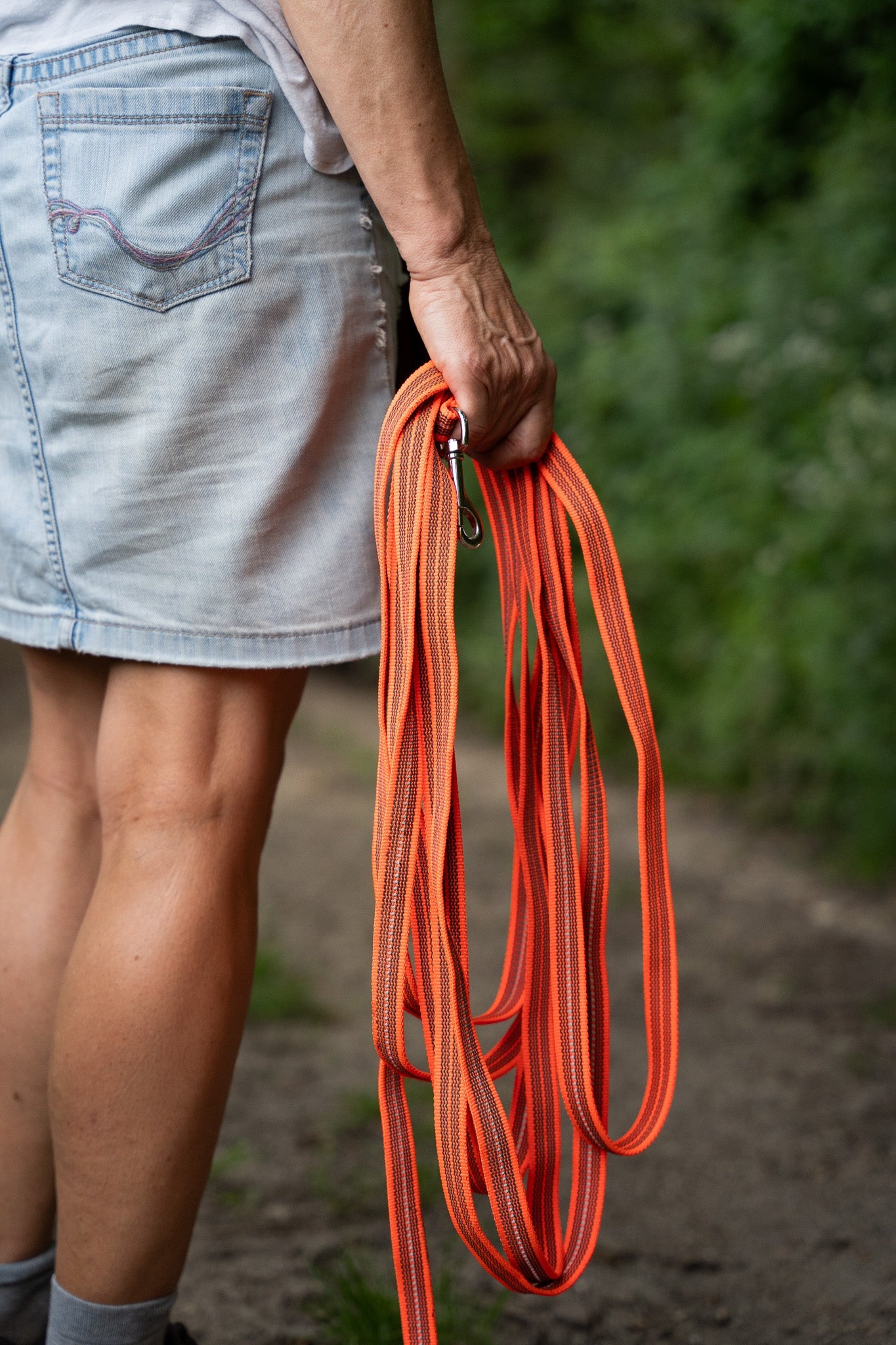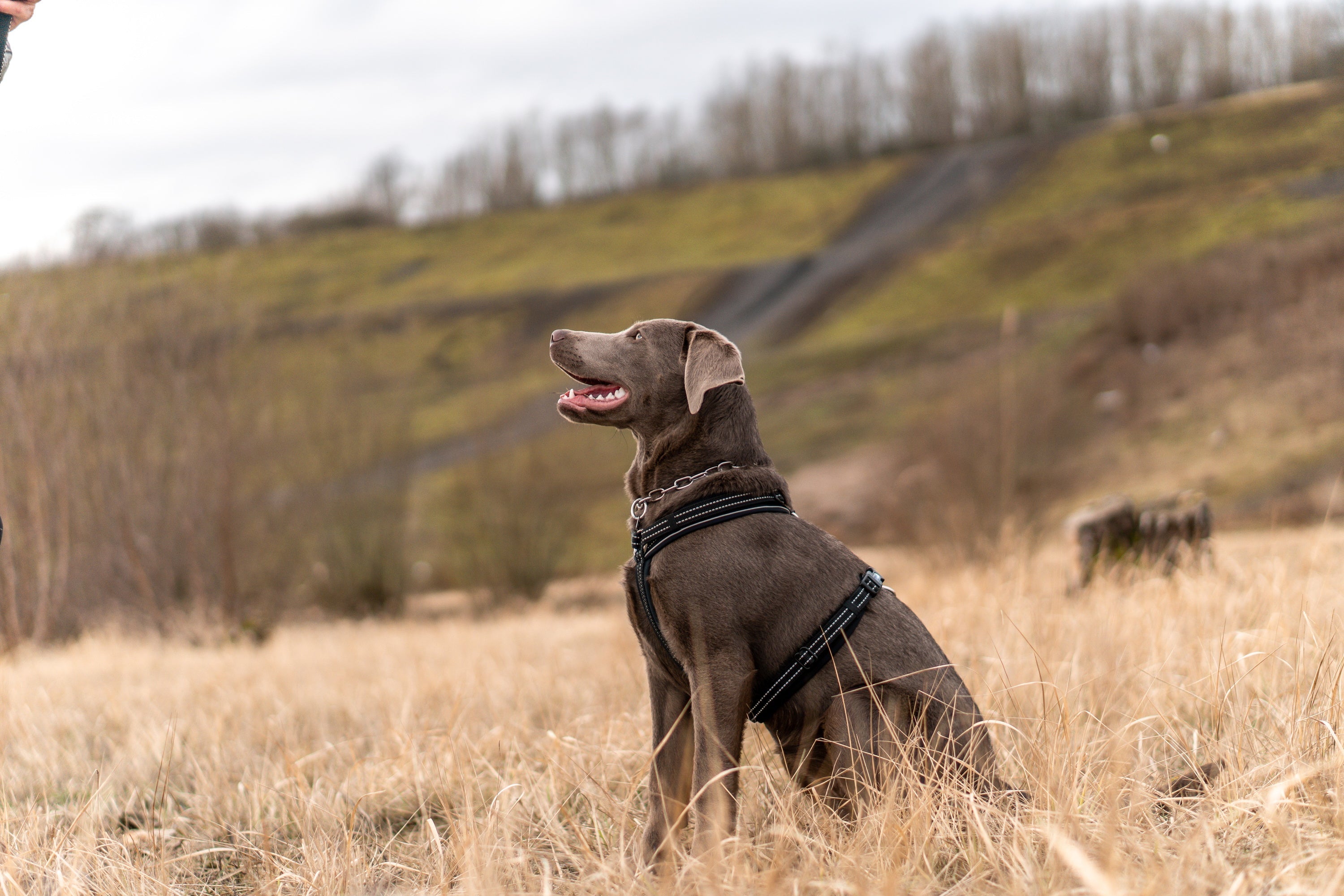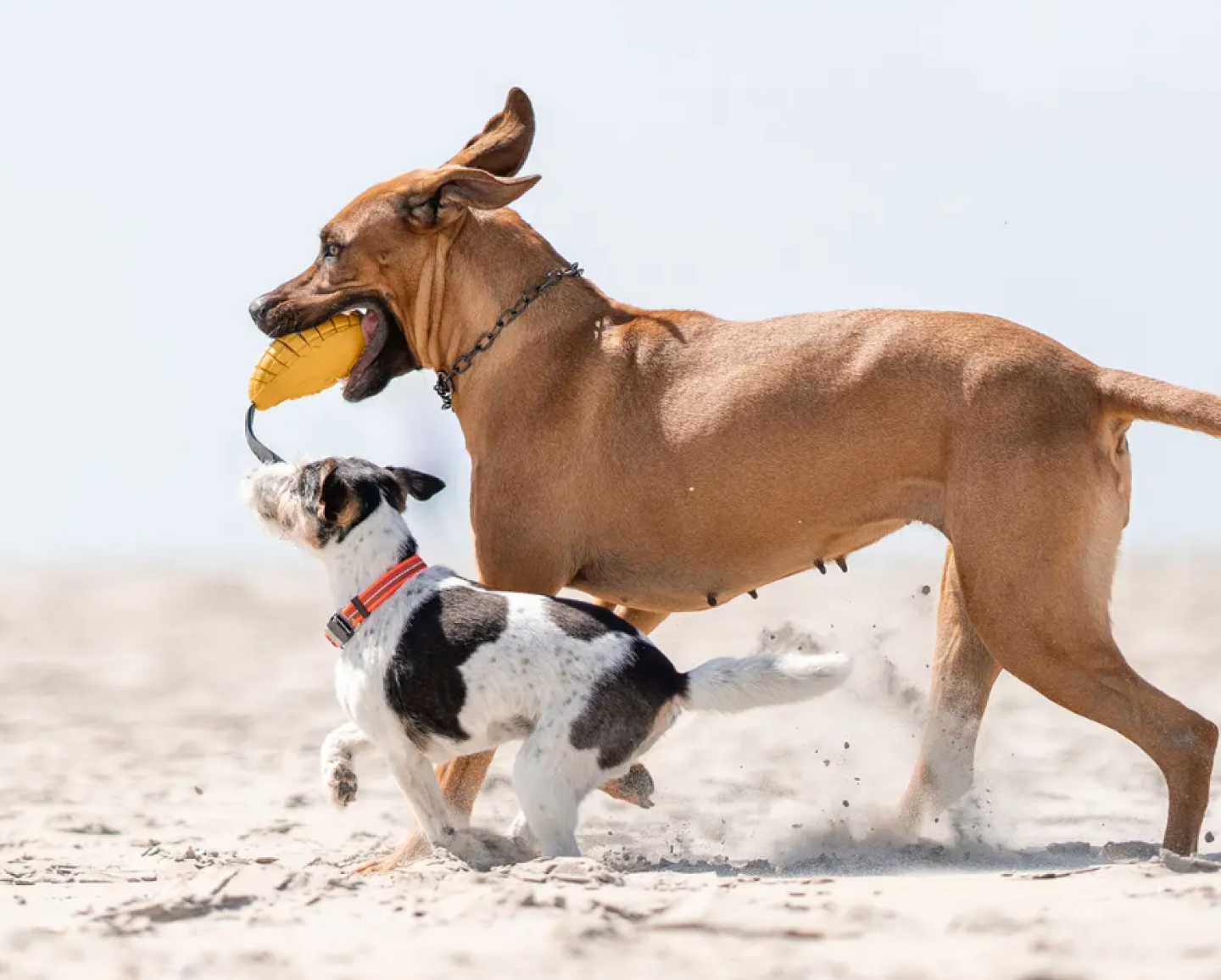You want to start training your four-legged friend and want to give him confidence in the bit right from the start. Choosing the right bit is important at every level of training, but especially at the beginning of schooling you can lay a foundation of trust.
The bit is the communication channel between the rider's hand and the horse's mouth. The latter is one of the most sensitive points on the horse's head, which is why it must be handled with particular care. To make sure that the horse can be happy with a bit in its mouth, it is worth making an appointment with an equine dentist first. They can make sure that there are no sharp edges on the teeth that could be unpleasant for the horse and can also advise you on how best to deal with your young horse's changing teeth. Are there any wolf teeth that may need to be removed? And how much space is there for a bit? Are there any anatomical abnormalities that I need to be aware of? The answers to these questions can help you and ensure that nothing stands in the way of training with a bit.

Step 1: Finding the right bit size
The first step to finding the right bit for your young horse is to find the right size. To find out the correct bit size, you can use our 2-finger test. To do this, place your index finger and middle finger on top of each other at the point in the mouth where the bit will later be placed. After a short time, your horse will start to chew and you can check whether you can feel pressure on your fingers when the incisors are closed. If this is the case, we recommend bit thicknesses of 14-16 mm. If you don't feel any pressure, you can also choose a larger bit thickness (e.g. 18 mm) and you can easily measure the bit width with our bit width gauge. As bits with fixed side pieces should lie close to the corners of the mouth, they are usually smaller than models with loose rings. You can see the respective size for both types of bit on the bit width gauge. You can also read the individual steps in detail in the article 'How to find the right bit'.
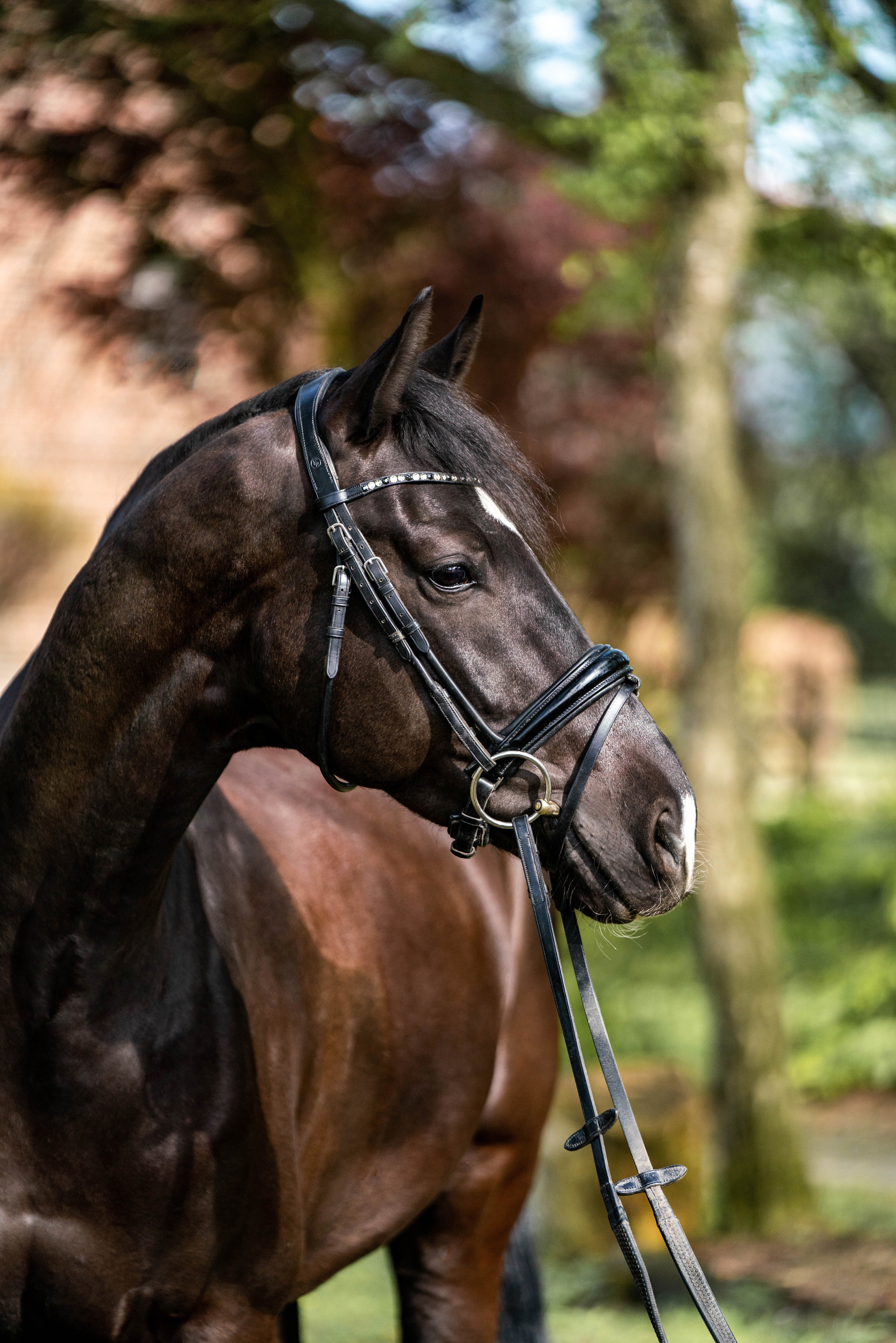
The right bit shape for young horses
For us, the ideal bit for young horses is clearly the KK ULTRA loose ring snaffle. The straight bit shape is a real all-rounder and is also ideal for horses with large lips, as they cannot be squeezed. The double jointed mouthpiece ensures even pressure distribution on the tongue, which many horses find pleasant. The KK ULTRA also has a number of special features: The lozenge has been shortened, which means that the joint eyes no longer sit directly over the lower jaw bars. In addition, the joints have been rotated forwards by 45° so that they no longer lie vertically on the tongue, but lie flat and are therefore much more comfortable in the horse's mouth.
All our KK ULTRA bits are made from the SPRENGER SENSOGAN alloy. This alloy of copper, manganese and zinc, specially designed for the horse's mouth, specifically stimulates the flow of saliva and therefore the horse's chewing activity. This also makes the KK ULTRA double jointed loose ring snaffle a good choice as a first bit for your youngster.

Dynamic RS bit for young horses
Does your horse have a particularly small, narrow mouth and/or a very thick tongue? Then the Dynamic RS bits may also be suitable. However, the shape of these bits puts a little more pressure on the lower jaw and the more curved shape fits snugly around the corners of the mouth. This makes the Dynamic RS bits unsuitable for horses with a lot of lips, as these can be squeezed between the bit and the first molar. If there is enough space between the tongue and the palate, we recommend choosing the KK ULTRA bits.

TURNADO bits for young horses
Single jointed bits relieve pressure on the center of the tongue when the reins are pulled and direct more pressure to the edges of the tongue. Horses that find pressure on the middle of the tongue uncomfortable prefer this bit shape to double jointed bits. The 45° rotation of the joint in the SPRENGER TURNADO bits ensures an even contact surface of the bit and thus differs from conventional single jointed bits. Our TURNADO models are also available from the SENSOGAN brand and will literally 'sweeten' your four-legged friend's new bit.
Why a loose ring snaffle for young horses?
The continuous rings of the loose ring snaffle allow the mouthpiece to slide up and down so that movements, e.g. through a horse's mouth that is still restless, can be absorbed. For the same reason, this bit shape is also suitable for beginners, as the movement of unsteady hands is gently dampened and therefore does not directly reach the horse's mouth. You can read more about the loose ring snaffle in the blog post 'The loose ring snaffle - a gentle all-rounder for all levels of training'.
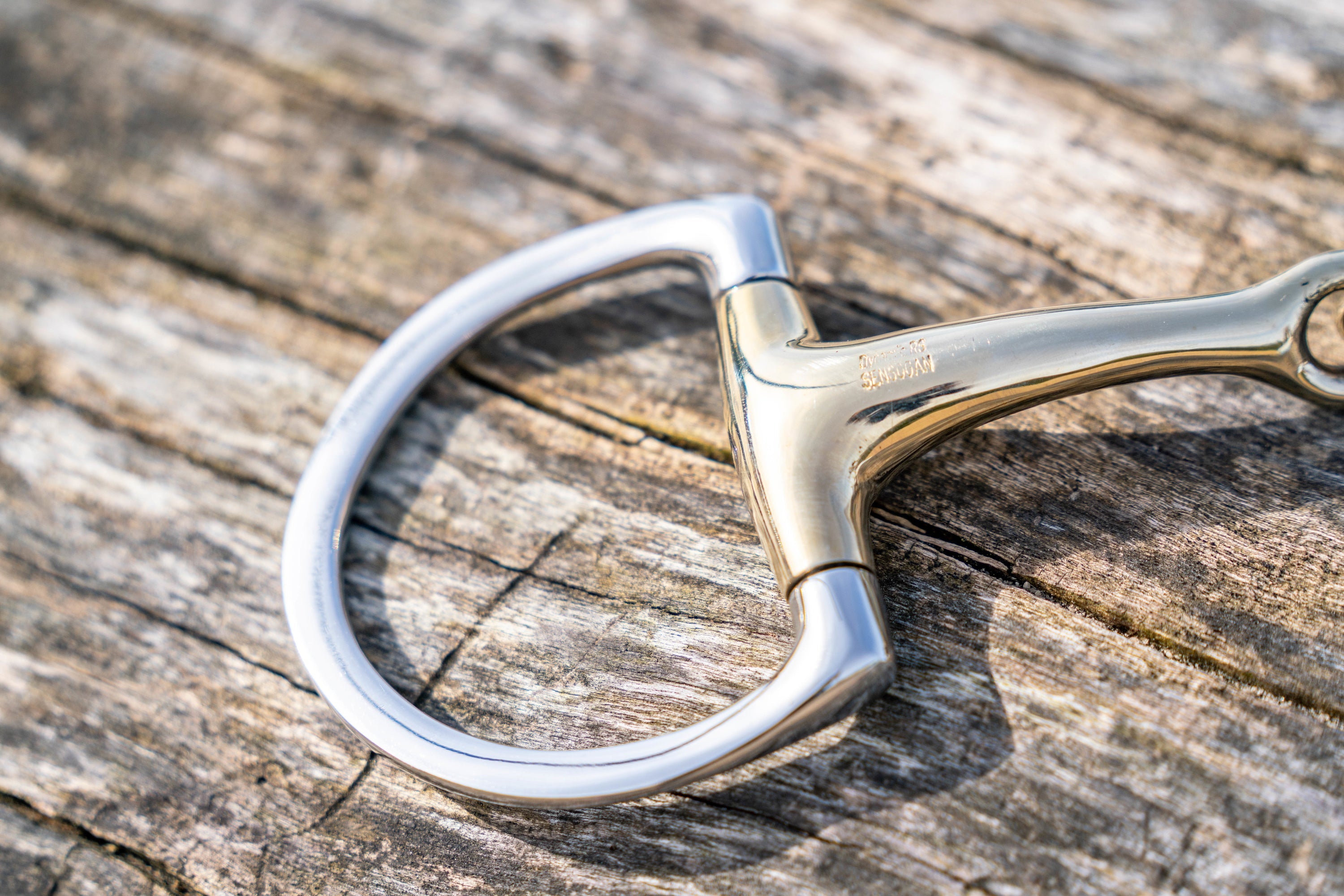
Bits for training young horses
If your youngster is already familiar with a bit in the mouth, you can switch to an eggbut bit for further training if necessary. Due to the fixed side pieces, the bit lies much more steadily in the mouth and can therefore have a positive effect on horses that play a lot with a loose ring snaffle. The fixed side pieces of an eggbut snaffle also provide a slight lateral limitation and thus support the horse when riding turns. In contrast to a loose ring snaffle, the movements of the rider's hands and the horse's mouth are not cushioned by continuous rings and the rein aid is therefore transmitted more directly.
PART OF YOUR PASSION.

